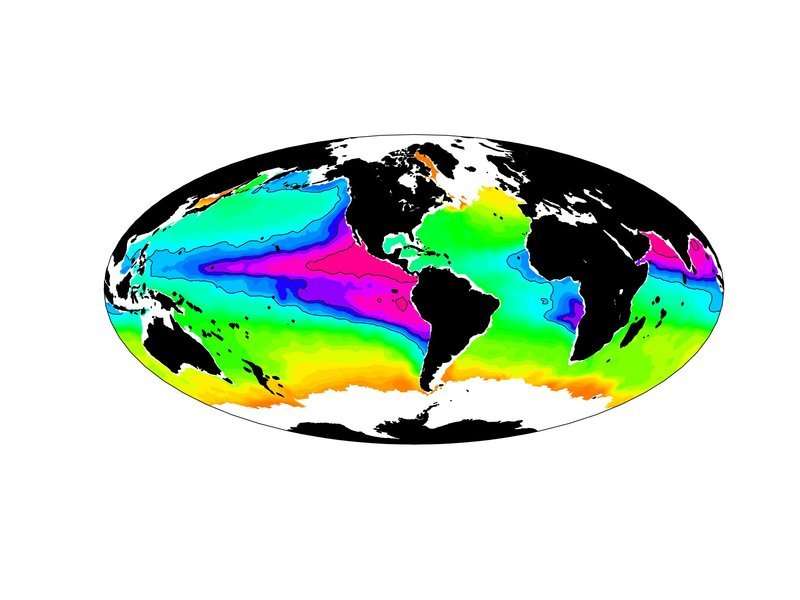New method measures rare traces of a volatile gas

The gas nitrogen monoxide (NO) belongs to the group of nitrogen oxides, infamous as toxic emissions in urban agglomerations. But NO is also produced in nature and plays a role in the nitrogen cycle, which is essential for most organisms. However, in the ocean, Earth's largest ecosystem, NO levels were not known. Researchers from the GEOMAR Helmholtz Centre for Ocean Research Kiel and the Collaborative Research Center have now published new NO concentration data from the eastern tropical South Pacific Ocean in Deep Sea Research Part II, for which a newly developed measuring method was used for the first time.
Nitrogen oxides have a very bad reputation. They are produced by burning fossil fuels, among other things. In regions with heavy traffic and a lot of industry, they occur in high concentrations and are responsible for a large number of respiratory problems. However, nitrogen oxides also occur in nature. There, they play an important role in the nitrogen cycle, which ensures that nitrogen, essential for life, is available in forms that the organisms can process.
One of these nitrogen oxides is nitrogen monoxide (NO). It is not known where it is produced in nature, or in what quantities, because it is very volatile and reacts quickly with other substances. Therefore, NO is difficult to measure, especially in the ocean. In the past few years, researchers at the GEOMAR Helmholtz Centre for Ocean Research Kiel have developed a new measurement method and used it during an expedition in the eastern tropical South Pacific Ocean. "We have been able to demonstrate a clear link between low oxygen concentrations and the production of NO," says Hannah Lutterbeck, first author of the study.
The new NO data set is the first in 30 years. "There have been some attempts to measure oceanic NO in the 1980s, but the procedure was extremely complex and resulted in comparatively few data points," explains co-author Prof. Dr. Hermann Bange from GEOMAR. Since then, little research has dealt with the topic of NO in seawater.
The special trick of the new method: Water samples are pumped from the depth directly on board and analyzed immediately. "By means of quick processing directly on board the research vessel, we have obtained good results. If the water samples are stored for only a few minutes before analysis, the results can be distorted," explains Hannah Lutterbeck, who now works at the State Office for Agriculture, Environment and Rural Areas of Schleswig-Holstein.
The expedition, during which the new method proved itself, was conducted in February and March 2013 in a region off the coast of Peru, where very low oxygen concentrations occur at 30-50 meters depth. The SFB 754 funded by the German Science Foundation and hosted by Kiel University and the GEOMAR investigates these oxygen minimum zones and their development. "It's not just a question of whether oxygen depletion in the ocean is increasing, but also how it affects other processes, such as nitrogen and nutrient supply in the ocean," explains Professor Bange.
The new method of measurement allows marine researchers to add another piece to the puzzle of the many chemical, physical and biological processes in the oxygen minimum zones. "The more details we know, the sooner we understand the phenomenon in its entirety," says Hermann Bange.
More information: Hannah E. Lutterbeck et al, Nitric oxide (NO) in the oxygen minimum zone off Peru, Deep Sea Research Part II: Topical Studies in Oceanography (2018). DOI: 10.1016/j.dsr2.2017.12.023
Provided by Helmholtz Association of German Research Centres


















